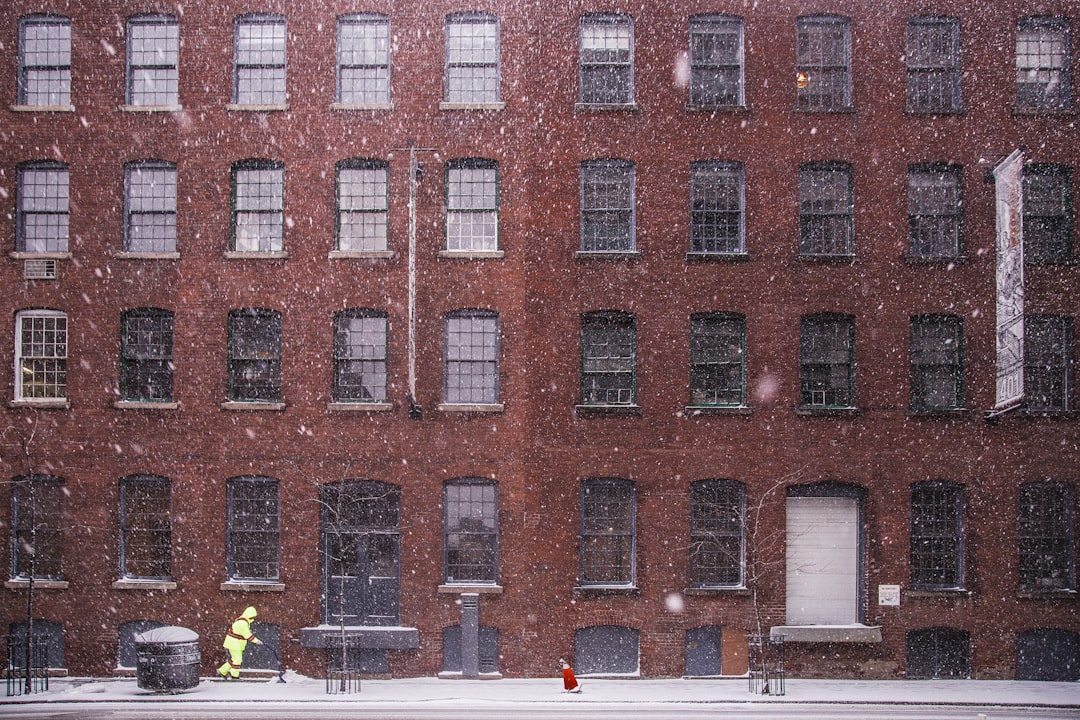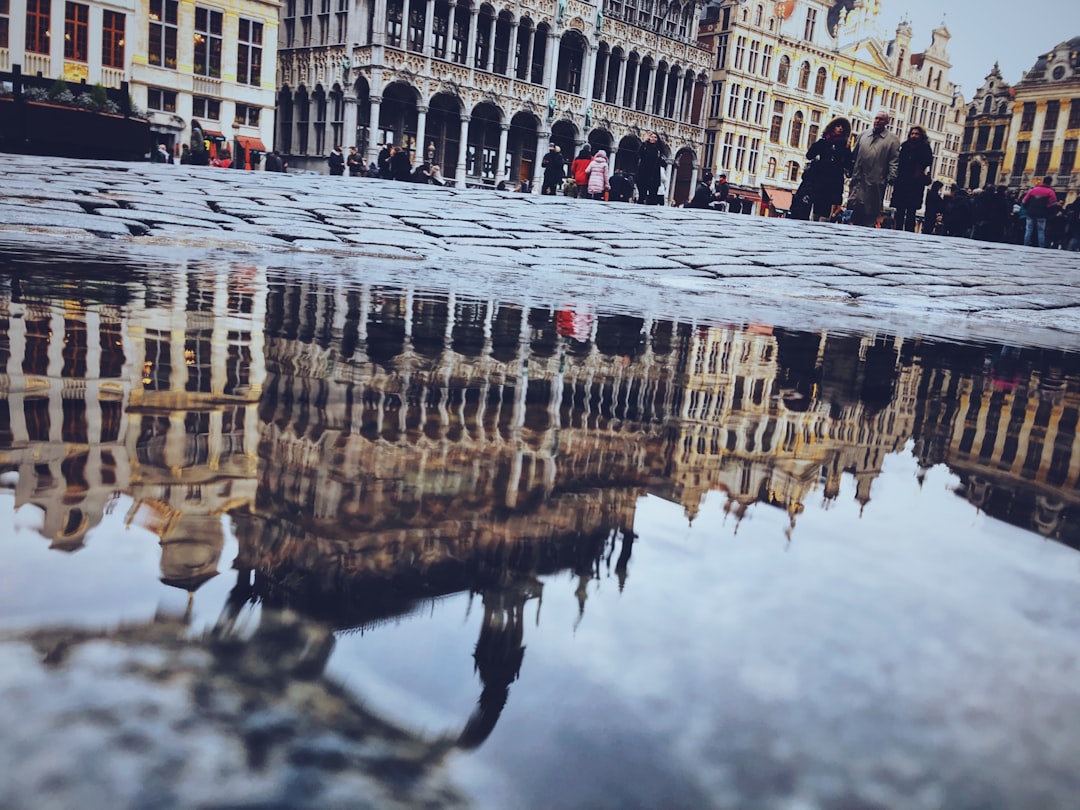What is it about?
The paper analyzes three precedents of relief depiction in the 16th century. This paper should be of interest to a broad readership including those interested in the history of geography and cartography.
Featured Image
Why is it important?
The objective of this paper is to show that the studied cartographic documents can be, to some extent, an empirical or intuitive anticipation of modern surveying methods used for the representation of landforms that developed nearly two hundred years after these maps were drawn.
Perspectives
This article brings to light manuscripts maps of the sixteenth century in which graphical methods to represent the relief have been used are completely different from the methods used not only in the cartography of the time, but in later centuries mapping.
Dr Manuel Morato-Moreno
Universidad de Sevilla
Read the Original
This page is a summary of: Empirical Antecedents of Representation of Relief Features in Plan. The Case of Spanish American Cartography in the Sixteenth Century: Three Significant Examples, The Cartographic Journal, January 2016, Maney Publishing,
DOI: 10.1179/1743277414y.0000000102.
You can read the full text:
Resources
Mapa de las villas de San Miguel y San Felipe de los Chichimecas y el pueblo de San Francisco Chamacuero
Open access to the high resolution image of one of the maps studied in the article. The map of the villas of San Miguel and San Felipe is in the library of the Royal Academy of History in Madrid.
Traça de la conquista del capitán Diego Palomino. Provincia de Chuquimayo. 1549
Open access to the high resolution image of one of the maps studied in the article. Sketch of the conquest of Captain Diego Palomino is in the library of the Royal Academy of History in Madrid.
Contributors
The following have contributed to this page










